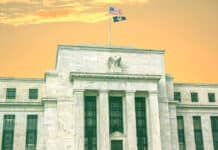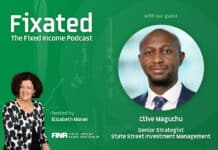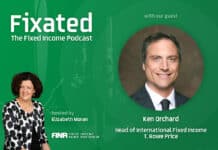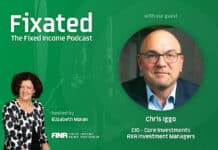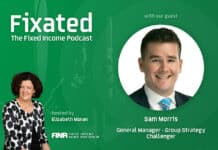
By Robert Tipp, CFA, Chief Investment Strategist and Head of Global Bonds, PGIM Fixed Income
The last few years have seen plenty of volatility in the realms of geopolitics, policy, and—notably for investors—economic data. The trajectory of U.S. data has been particularly unstable with months of uncomfortably hot growth or inflation followed by months of cold conditions. But across most developed markets, things seem to keep pointing to one outcome: a “muddle through” scenario characterized by low to moderate growth with mildly-sticky inflation, especially at the core level (see the Economics section for our global 12-month scenarios).
The “Yield is Destiny” Bull Market Continues
All of the above has worked for the fixed income markets. The 2022 selloff left yields at respectable levels—which largely remain intact—with an unusual net result: a potentially long-lived bull market primarily driven by the accretion of income, rather than a short bull market fueled by a quick drop in yields.The trend of compressing credit spreads should generally continue, albeit more modestly given the tight spread levels. These conditions describe “a carry market” if there ever was one.
Shifts in Economic Data and Yield Curve Dynamics
In contrast to the first half’s broken yield curve dynamics—when short-term yields fell and long-term yields rose—things have changed in
the home stretch of 2025. Yes, yield curve steepening seems likely to continue (see DM Rates section). But long yields are now moving along with short rates and clearly seem past their peak in the U.S., which carries bullish implications for other Western markets given the influence of the U.S. market on cross-market correlations. What’s changed?
When Bonds are Backwards, Negatives can be Positives
Two negative developments may bring about the only thing bond investors like as much as high yields—and that’s falling yields. The first is the potential for a Federal Reserve capture scenario where the management motif at the Fed takes a markedly more dovish tack, resulting in a short-rate decline of 100 bps or more relative to prior expectations. Bottom line, while we can debate the longer-term inflationary impact of such a scenario, the short-to-intermediate term implication would likely be a lower and steeper yield curve, turbocharging the bond bull market over the intermediate term.
The second negative-positive development, if you will, is the downshifting in the U.S. employment picture. With Q4—and a partial shutdown of the Federal government—underway, the latest U.S. ADP employment numbers exposed a job market that may be contracting, rather than expanding. The notion of a weaker labor market was echoed a massive potential source of demand that could begin to shift into stocks and fixed income if and as cash rates fall (Figure 3).
What Could Possibly Go Wrong? Starting with the Macro…
Distribution tails are thick, not only on the downside in a world of fraught geopolitics and trade tensions, but similarly on the upside if a Fed capture scenario ensues—i.e., possibly positive over the near to intermediate term, but risky longer term. Hence, we remain vigilant. Yet, these potential developments are lower-probability scenarios, and, ultimately, we are guardedly optimistic regarding our base case—global muddle through scenarios—which should be well enough for the fixed income markets.
Micro Volatility: More Opportunity than Risk
This environment continues to challenge investors and analysts alike. Similarly, it continues to create distortions in the interest-rate, sector, issuer, and currency realms, resulting in risks, but also continued opportunities for adding value through active management across the public and private asset spectrum.
Bottom line
The yield-is-destiny theme continues to be driven by the generous yields across markets and may pick up steam if U.S. economic weakness or a Fed capture scenario adds to the downward pressure on rates.
BOND MARKET OUTLOOK
Elevated money fund assets continue to rise in absolute terms and relative to the size of the economy. If and as cash rates decline, this represents a substantial source of demand for equities and the fixed income markets.
Fed Capture in Three Acts
Our Fed capture scenario is not a base case, but rather a risk scenario. It requires both time and an element of chance to play out. We can break this into three Acts. In Act I, we’ll see how the Fed’s personnel develops through Q1 2026 in terms of progress in the legal case regarding Board Member Cook as well as term renewals of Stephen Miran and the Fed’s regional bank presidents.
In Act II, we evaluate the new roster: are they, in fact, inveterate doves, or once at their posts, are they more orthodox and balanced than expected?
If the Administration succeeds in Acts I and II, yields at the front of the curve will likely decline. The final test in Act III will focus on the economic impact. While economic overheating is the sensible outcome to Act III—i.e., exceedingly dovish policy will over-stimulate growth—it’s worth remembering that recession was the sensible expectation following 2022’s rate hikes. But as it turned out, the impact of the rate hikes, for various reasons, was muted relative to expectations, keeping a recession at bay.
So again, a Fed capture is an interesting outlier scenario that we’ll be watching and evaluating carefully: does it happen and, in the event it does, are the results what we’d expect?










